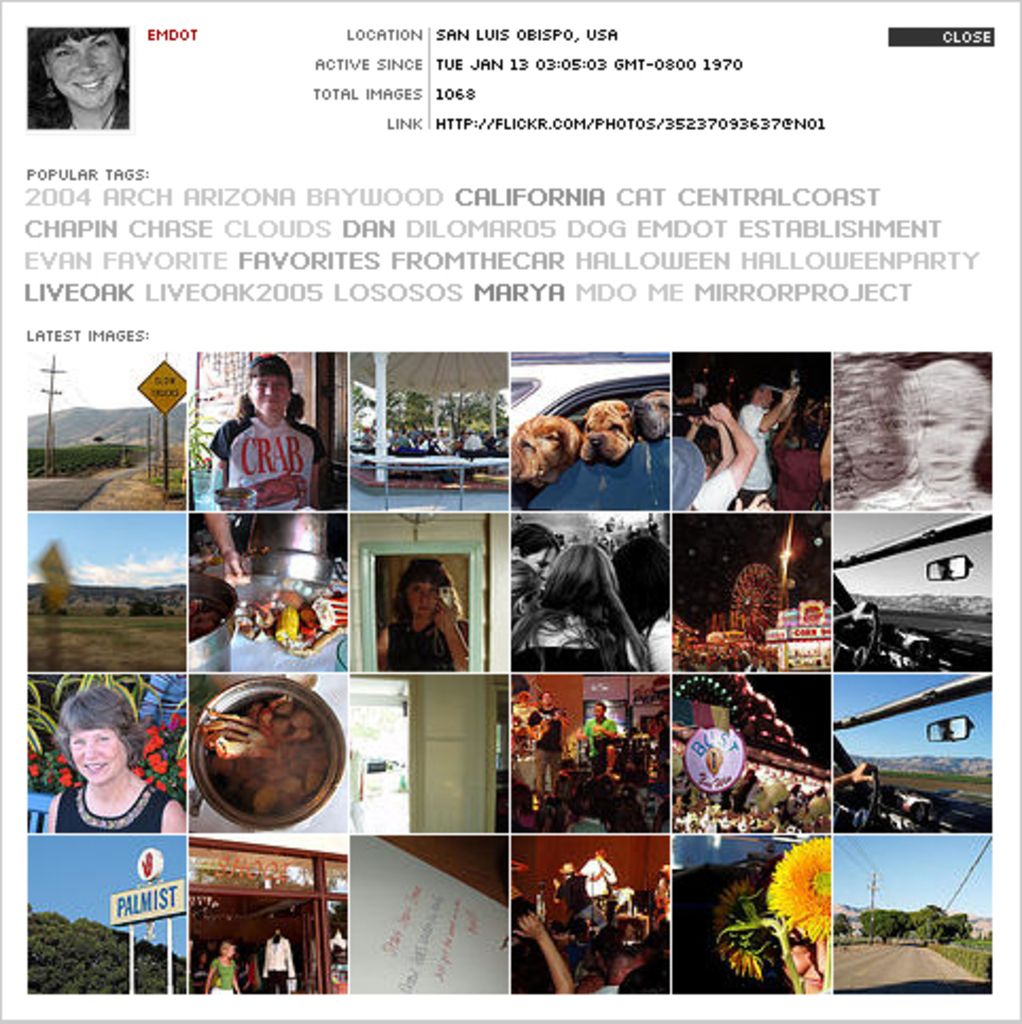Projected Mexico Gambling Sector Valuation Surges Toward Forty Billion USD within a Decade's Span
Mexico's gambling landscape is undergoing a dramatic transformation, with mobile and online betting reigning supreme while traditional casinos struggle with mounting costs and shrinking margins. Here's the lowdown on what's happening in this evolving industry.
"Gambling in Mexico: A Changing Landscape"
The Mexican gambling market is projected to skyrocket from a rough estimate of $11.37 billion in 2024 to an astounding $40.64 billion by 2033. That's a staggering compound annual growth rate of 15.71 percent, rivaling the speed of a bullet train. And that's not an exaggeration—it positions Mexico as a global force to reckon with in the betting sphere.
Revenues from land-based casinos took a tumble in 2023, plummeting by 5 percent to a staggering $1.4 billion. The casinos in Mexico City and Monterrey experienced an even steeper decline, with an 8 percent drop in average earnings per venue. What's more, operators grappled with a daunting 12 percent increase in labor costs, putting pressure on their finances. However, some casinos bucked the trend and managed to perform well. For instance, Grupo Caliente boosted VIP table revenue by 14 percent at its Tijuana Hippodromo Casino, while slot machines continued to be the main income generator, raking in 78 percent of all land-based casino profits.
"Mobile and Online Betting Lead the Transformation"
Online gambling has taken the lead in this transformation. Analysts predict that iGaming will bring in a cool $1.4 billion in 2024, fueled by the widespread use of mobile devices (82 percent of the population uses them) and affordable mobile data plans (averaging just $8 per month). Nifty technologies like blockchain and virtual reality are also beginning to make waves. Federal regulators are keeping an eye on the use of cryptocurrency in gambling, with policy updates due soon.
"Regulations and Taxes: A Blurred Picture"
The Dirección General de Juegos y Sorteos (DGOJ) manages gambling regulations in Mexico. The Federal Gaming and Raffles Law (LJRS) requires operators to maintain audited capital reserves of $2 million and implement geoblocking tools to prevent illegal cross-border betting. But taxes vary across states. For example, Jalisco charges a 7 percent GGR tax, while Quintana Roo does away with taxes for integrated resorts, promoting tourism.
In 2023, the Financial Action Task Force (FATF) took a good, hard look at Mexico's anti-money laundering controls and pointed out some issues. It takes up to 12 to 18 months for regulatory approvals, and non-compliance can result in fines of up to $1.5 million. Illegal operations continue to pose a significant challenge for regulated businesses, costing them around $450 million per year in states such as Guerrero and Mexico.
"Codere and Grupo Caliente: The Industry Titans"
Codere and Grupo Caliente remain at the top of the gambling food chain, constantly adapting to the shifting market by investing in physical locations and expanding their online platforms. New players like Mobile Streams Plc, who entered the market with Estadio Gana, are adding to the competitive landscape. The gambling industry in Mexico is an exciting, ever-evolving world, fraught with opportunities and challenges. Stay tuned for the next chapter!
Settling In for the Long Haul Liquid fortune awaits those who dabble in the burgeoning Mexican gambling market, with a projected compound annual growth rate of 15.71 percent propelling the industry to staggering heights. Whether you're a seasoned gambler, a savvy investor, or just someone intrigued by the controversy and thrill of gambling, Mexico's gambling landscape is an appealing destination.
References: 1. Astute Analytica (2023). iGaming market size and growth in Mexico. 2. H2 Gambling Capital (2023). Regulations and taxes in the Mexican gambling market. 3. Euromonitor International (2023). Smartphone penetration and usage patterns in Mexico. 4. Sensor Tower (2023). Mobile app downloads and usage in Mexico. 5. Bloomberg (2023). Market entry and competition in the Mexican gambling industry.
In the realm of technology and finance, gambling in Mexico is embracing the digital age, with mobile and online betting significantly outpacing traditional casinos.The iGaming market, fueled by widespread smartphone use and affordable mobile data plans, is projected to generate $1.4 billion in 2024, marking a significant transformation.Major players like Codere and Grupo Caliente are capitalizing on this shift, investing in both physical casinos and online platforms to stay competitive.However, regulatory challenges persist, including geoblocking requirements and varying tax rates across states, as well as ongoing concerns over money laundering and illegal operations.




